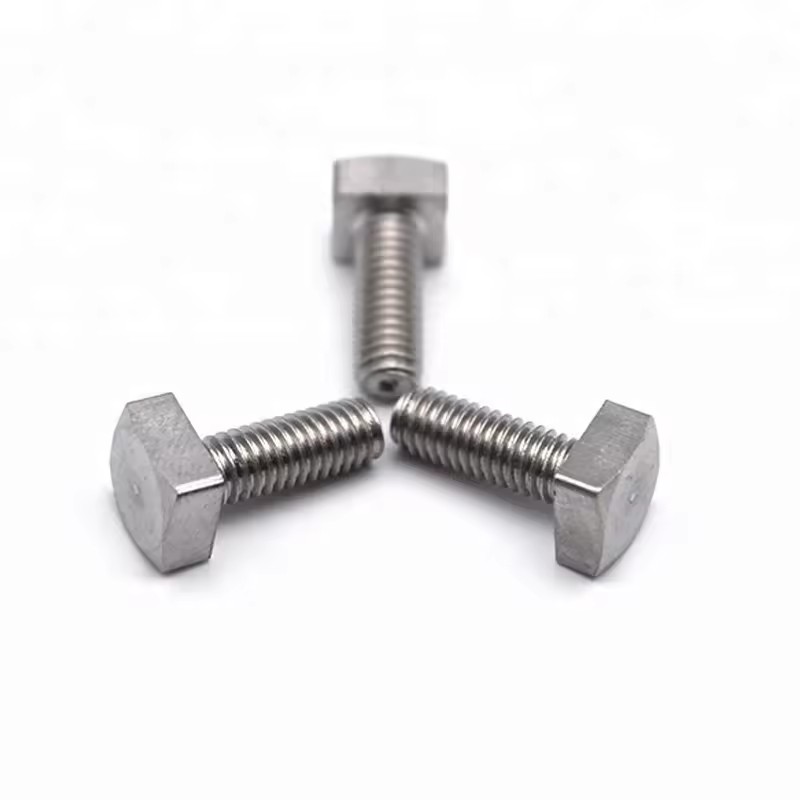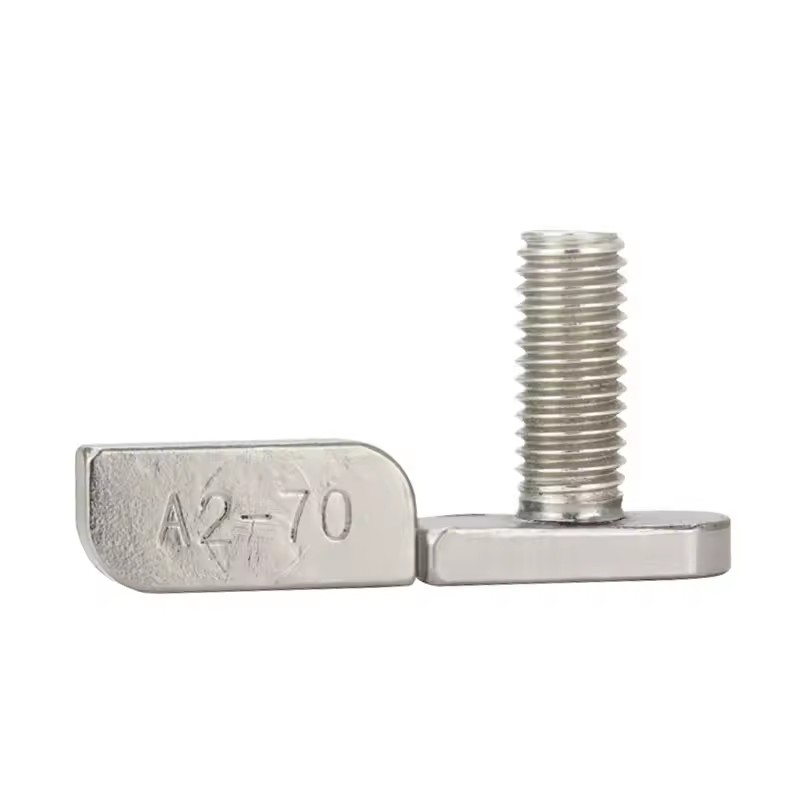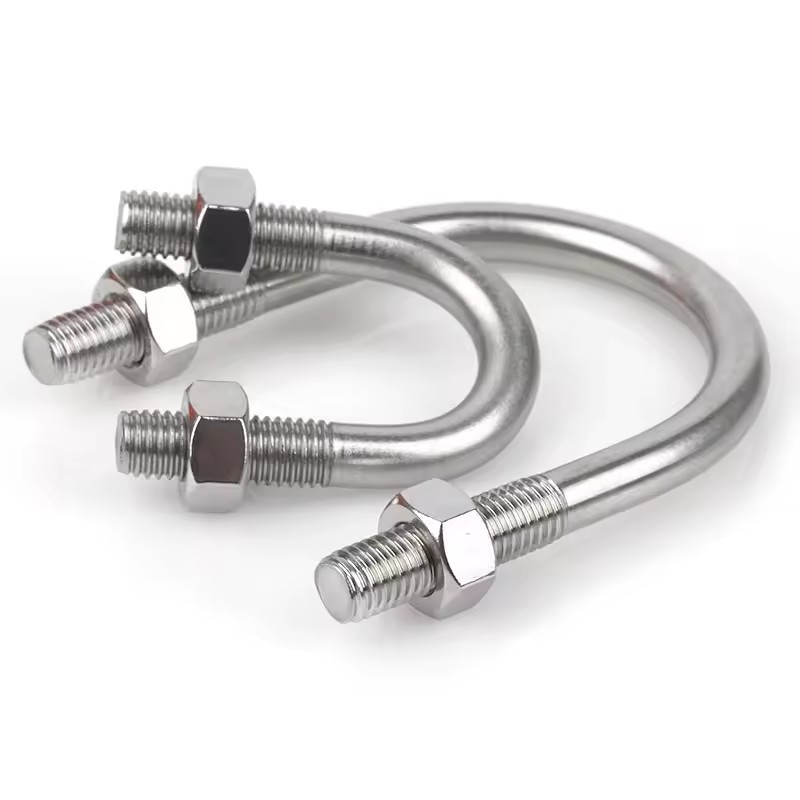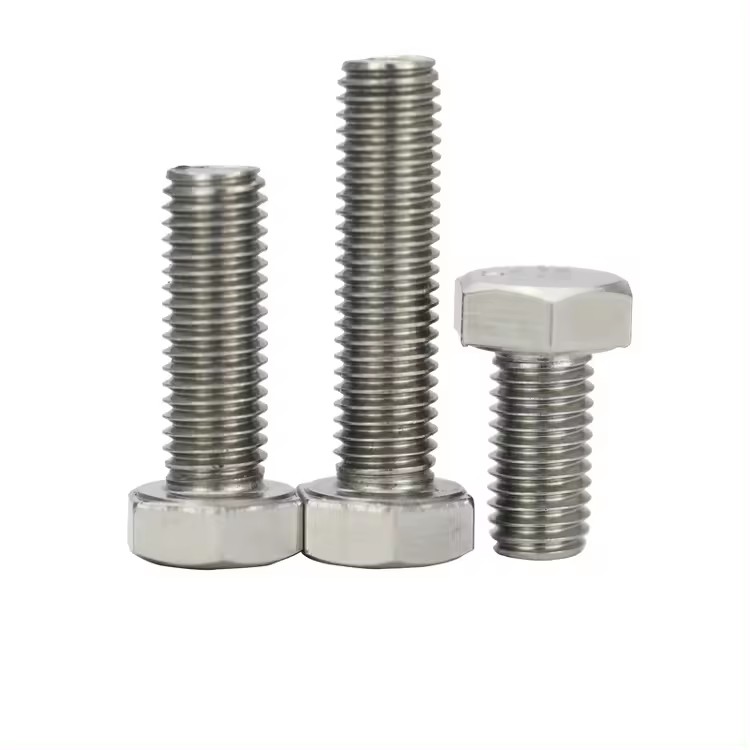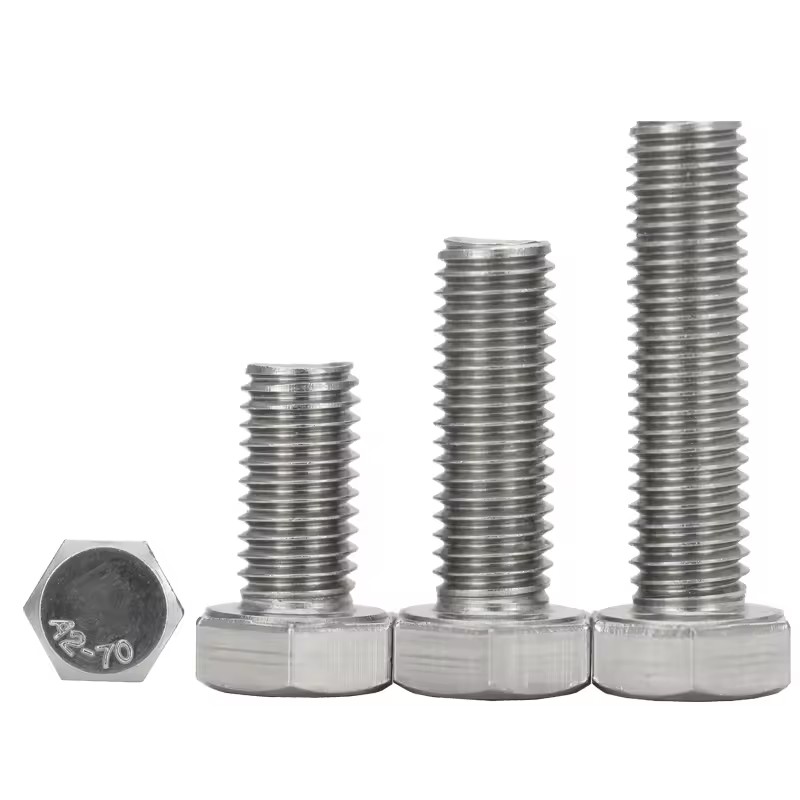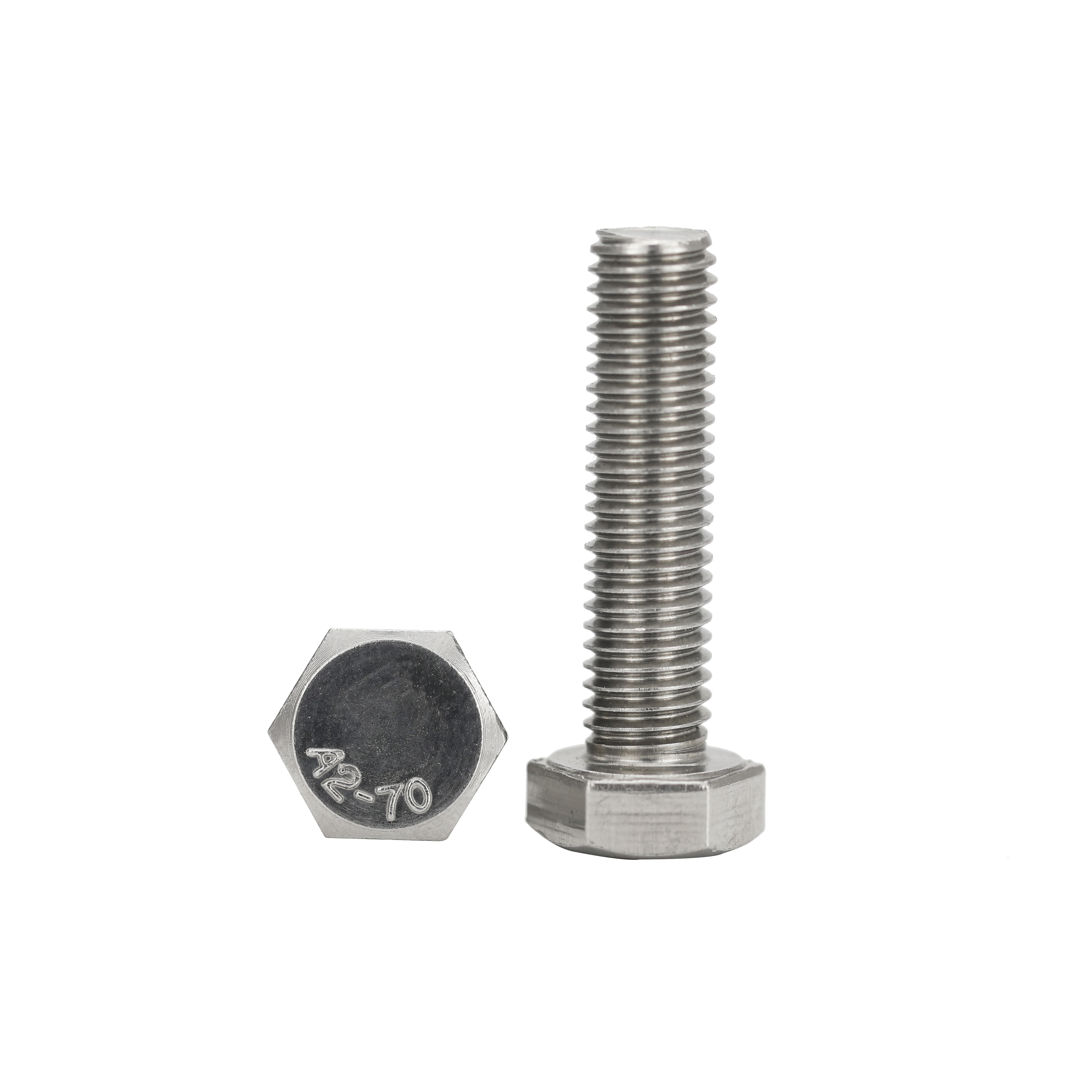With the development of the domestic hardware mold industry, competition from various provinces has become increasingly fierce, and disorderly competition in the hardware mold industry has begun to appear. The disadvantages of low cost of hardware, product structure grade, and low technical content are also increasingly exposed. The hardware mold industry began to rise in Dongguan in the 1960s and reached its peak in the late 1980s. At that time, the threshold for the hardware mold industry was very low, and no skills were required. If you bought some old equipment for 30,000 yuan, you could open a family workshop-style hardware mold processing factory. After more than 40 years of development, there are more than 10,000 various hardware and mold processing enterprises, of which are labor-intensive small enterprises.
At present, domestic private mold enterprises generally have advanced equipment resources and relatively advanced technology applications. New technologies can be widely and quickly applied in the industry, from design and manufacturing to related material production, heat treatment, etc., forming an industrial chain with outstanding integration advantages. At present, due to the lack of funds and the lack of their brands, the hardware and mold enterprises will increase investment in management and technological transformation, expand the proportion of mid-to-high-end products, and set up domestic sales departments to actively expand the domestic sales market.
In the context of increasingly fierce competition in the international die-casting mold market, the Japanese die-casting mold industry is also working hard to reduce production costs. In terms of market size, the recession in Japan is obvious, regardless of output value or domestic demand. Japanese mold manufacturers attach more importance to polishing and grinding processes in technology, while German mold manufacturers start by improving the accuracy and efficiency of machining and electrical discharge machining to reduce manual processing time. Now the Japanese die-casting mold industry is gradually shifting the molds with low technical content to production in areas with low labor costs, and only producing products with high technical content in the country. amount decreased.
Experts believe that due to the gradual decline of domestic demand and the increase in the cost of global mold production powerhouses such as Japan, the United States, and Germany, mold manufacturers in these countries have begun to shift production and gradually explore the Chinese market. It hopes to increase profits through cheap labor and material procurement costs in China. However, once the mold production enterprises in these countries move eastward, it will inevitably to the invisible outflow of mold design and manufacturing technology in their countries. In this way, a large amount of research and development expenses must be invested again to strengthen the competitiveness of its mold products, thereby widening the difference between them and Chinese mold products.
In recent years, affected by the international financial crisis, the global market has shrunk, but according to relevant data, as of the half of the year, Japan is still the world's producer of die-casting molds, its profits have not shrunk, and its competitiveness is still strong. Hardware molds have strong competitiveness. Experts believe that the biggest advantages and strengths lie not only in private enterprises but also in traditional industries. Entering the high-end market is inseparable from high-tech. On the other hand, although the entry of foreign mold companies will intensify the competition of domestic molds to a certain extent, the entry of these high-end mold companies also promotes the competitiveness of domestic molds from another perspective, which will increase the technological Improvement to improve the overall level of mold manufacturing.



